15 Easy Ways To Make Golf More Affordable
Golf is an expensive endeavor but there are ways you can save money when it comes to every aspect of your game that will add up in a big way over time
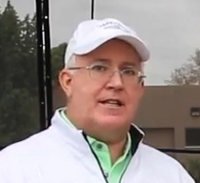

15 Easy Ways To Make Golf More Affordable
It’s no mystery that golf is an expensive hobby. From golf clubs to greens fees or membership dues to technology, shoes, and apparel, if you play this game, it comes with a financial commitment. That doesn’t mean, however, that there aren’t ways to ease the monetary burden that comes with your love for this game.
In fact, there are a number of things you can do to save yourself money throughout the course of a golf season, things that might seem insignificant in a vacuum but will add up significantly over time. In this video and article we offer some easy ways to make golf more affordable.
Golf Survival Kit
1. Walk When You Play
Certainly there are golf courses out there where due to the layout walking isn’t an option and there are also courses that have walking restrictions, but the reality is that cart fees are incredibly expensive, especially when you add them up over time. If you have the option to walk, you’ll likely save yourself between $15 and $25 per 18-hole round, depending on the course you play and its cart fees. You’ll also get the added benefit of exercise, which is something most of us can use. And if your only concern about walking is carrying your bag and the toll it will take on you physically, invest in a push cart or a lightweight golf bag. You’ll spend a little now, but the money you’ll save on cart fees will far exceed that expense sooner than later.
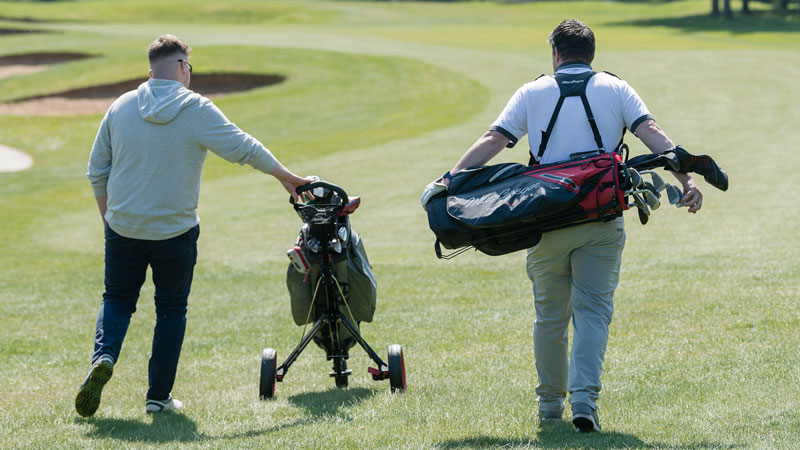
Walking when you play golf is one of the best and easiest ways to save money.
2. Research, Research, Research
If you’re shopping for anything golf-related, make sure you spend quality time doing research. Read reviews, watch YouTube videos, and compare prices online. There are resources available to help you find great deals on golf gear and make good decisions as it relates to your purchases. Included are Golf Monthly’s reviews section and collection of buying advice pages. As an example, just within the last few weeks we’ve released guides dedicated to identifying exceptional values when it comes to golf shoes, golf bags, push carts, golf watches, golf shirts, golf club sets, and launch monitors. There’s great advice to be found from other golf resources as well, but the takeaway here is to ALWAYS do your research before you buy.
3. Buy Second-Hand Golf Clubs
If you’re new to the game and need clubs or if you’re looking to upgrade an area of your bag, one of the easiest ways to save money is to buy second hand. And that process is far less daunting these days thanks to reputable companies like Golf Clubs 4 Cash, Global Golf, Callaway Preowned, and 2nd Swing, all of which have incredible inventory. You can use our tips on finding quality second hand clubs to help you navigate the process and there are significant deals to be had in going this route. Best yet, these companies will take your old clubs in on trade, which further reduces the amount that you’re actually spending. But for that reason, it’s important that you also take care of your golf clubs to maximize their resale value.
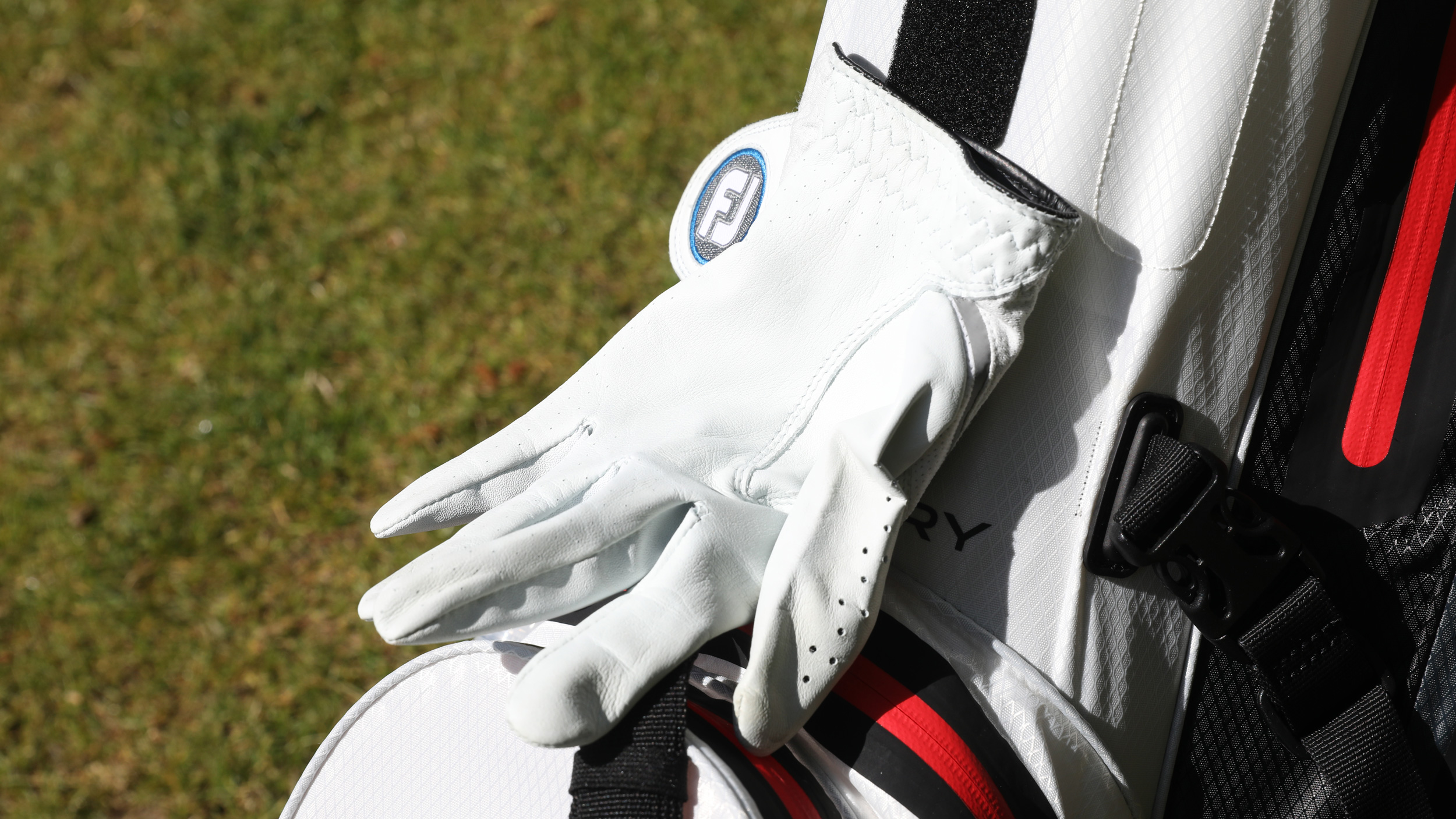
If you can play golf without a glove, those savings will add up in time. But even if you need one, there are ways to get more out of your gloves.
4. Rethink your golf glove
Golf gloves can be expensive but you have options to save money. First and foremost, you can simply not wear a glove. Most golfers do and gloves do offer advantages. But one of the great ball-strikers of all-time, Fred Couples, never wore a glove, and you don’t have to either. If, however, you feel the need for whatever reason to wear a glove when you play, you can utilize our tips on how to make your golf gloves last longer, which will save you money on an annual basis. Additionally, not all golf gloves are priced equally. Gloves that are manufactured using premium leather will be more expensive than synthetic gloves, many of which offer similar feel and durability.
Subscribe to the Golf Monthly newsletter to stay up to date with all the latest tour news, equipment news, reviews, head-to-heads and buyer’s guides from our team of experienced experts.
5. Bypass The Range Before You Play
Range balls are included in the daily rate at some golf courses but if not they can be expensive depending on the size of the bag or bucket. The next time you play, don’t go to the range to warm up. Many golfers don’t truly understand the concept of “warming up” before a round and end up rapidly firing balls in hopes of finding a band-aid for their swing that day while at the same time losing any sense of tempo they might have had. Instead, keep your range ball money in your pocket and spend some time stretching and working your way around a chipping green hitting short shots to get your blood flowing and body loose. You just might be surprised at the results you’ll get on the course while saving some money in the process.
6. Buy Value Golf Balls
Look, we’re not saying that the most popular golf balls, the Pro V1s of the world, aren’t great products. They are. But they’re also expensive, with many pushing $50 a dozen. There are, however, options that offer similar performance at a value price point. The Maxfli Tour and Tour X, the Snell MTB-X, and the Piper Black are just a few examples of golf balls we’ve tested this year that offer premium constructions and urethane covers that have fared very well on the golf course despite having much lower retail prices. And there are a number of quality two-piece golf balls that new golfers and higher-handicappers can opt for that come with a cheap price tag as well. Sure, these balls might not have the same status as a Pro V1x, but you’re also not going to go into a state of depression if you lose a few during a given round.

If you want your golf shoes to last, there are measures you need to take when it comes to their care.
7. Rotate And Take Care Of Your Golf Shoes
Good golf shoes are a must when it comes to enjoying your time on the course and they don’t come cheap, which means you need to take care of them to extend their life span as long as possible. What many golfers don’t understand is the process starts with not wearing the same golf shoes all the time. You need to rotate between at least two pairs. According to FootJoy, “Properly maintained, the rotation of two pairs of shoes will last much longer than twice the life of a single pair.” Added Squairz: “Wearing the same pair of golf shoes each time you play does not allow the padding and foam in your shoes enough time to decompress and return to their original state.”
Additionally, to best protect your shoes, never them in the trunk of your car during the summer. The heat can compromise their structural integrity, as can a lack of proper cleaning and general care. Investing in more than one pair of shoes does create a financial commitment, but buying shoes that have been discounted is a great option and if you do your research you can buy two quality pairs for the same price that one of the most popular golf shoes would command.
8. Play Golf At Non-Peak Times
When you play golf can be almost as big of a factor as where you play when it comes to cost. Obviously golf rounds in whatever is considered the offseason where you live will offer better rates, primarily due to weather considerations, but at most public courses you can find value by playing during the week and playing later in the day, as most courses offer twilight rates of some sort. If greens fees are one of your biggest expenses when it comes to your golf game, this is absolutely an area that should be researched and taken advantage of.
9. Use Old Balls When Playing Casual Rounds
There’s no rule in golf that says you have to put a shiny new ball into play each time you tee it up. In fact, that’s exactly what you shouldn’t do. Sure, if you’re playing in a tournament or have a big weekend match at your home course with a few dollars and bragging rights on the line, break out a new ball. But if you’re just popping out in the evening for a quick 9, grab something from your bag that might be best intended for a shag bag. And do the same with older balls if you’re out working on your chipping or pitching and especially bunker play. As mentioned, golf balls are expensive and this is a great way to get the most mileage out of your golf ball stash.

If you want the grooves on your wedges to last longer, meaning you won't have to replace them as often, consider using older wedges when you practice.
10. Practice With Old Wedges
Unfortunately, we’re not Tour players and we’re not going to be given new sets of the best golf wedges to put into play every couple of months. And the reality is that the grooves on your wedges will wear quickly through use. To keep your wedges offering optimal spin and performance for as long as possible, use old wedges instead of your gamers when it comes to practicing. After all, most of the time that we spend working on our wedge play is related to technique and feel, so the quality of the grooves isn’t a huge factor. If you spend a lot of time practicing with the wedges you play, especially bunker shots, you’ll be forced to buy new wedges more frequently, a costly proposition that you can easily delay by changing your practice approach.
11. Buy Shoes/Apparel During The Offseason And Sales
When it comes to golf shoes and apparel, it’s inevitable that they will go on sale. That’s simply the nature of those two markets. And oftentimes, those sales offer incredible discounts, especially as products are being closed out or replaced. Be patient if possible and ultimately you will find deals and save money on the shoes and apparel that you want. Additionally, the time of year when you buy can have a huge influence on apparel prices. For example, if you’re looking for golf shorts and polos, wait until fall to buy, as those products typically get marked down heading into winter. And on the flip side, if you’re in need of outerwear additions to your wardrobe, wait until spring after the cold weather months have passed and you’ll usually find significant savings. Certainly we all see products that we’d love to have right away, but if you’re patient this is an area where big savings can be found.
12. Play 9-Hole Rounds
Playing 9 holes instead of 18 offers an easy way to enjoy some time on the links and work on your game while also saving a few dollars. And if you apply the advice from some of the sections above and walk 9 holes at non-peak times where you play most often you can really start to save. And keep in mind that one reason golf courses offer reduced rates at certain times is because those times are typically less busy, which means you might have the option, without holding up play of course, to walk 9 and play two balls the whole way around, which is basically the equivalent of getting in 18 holes of work on your game.
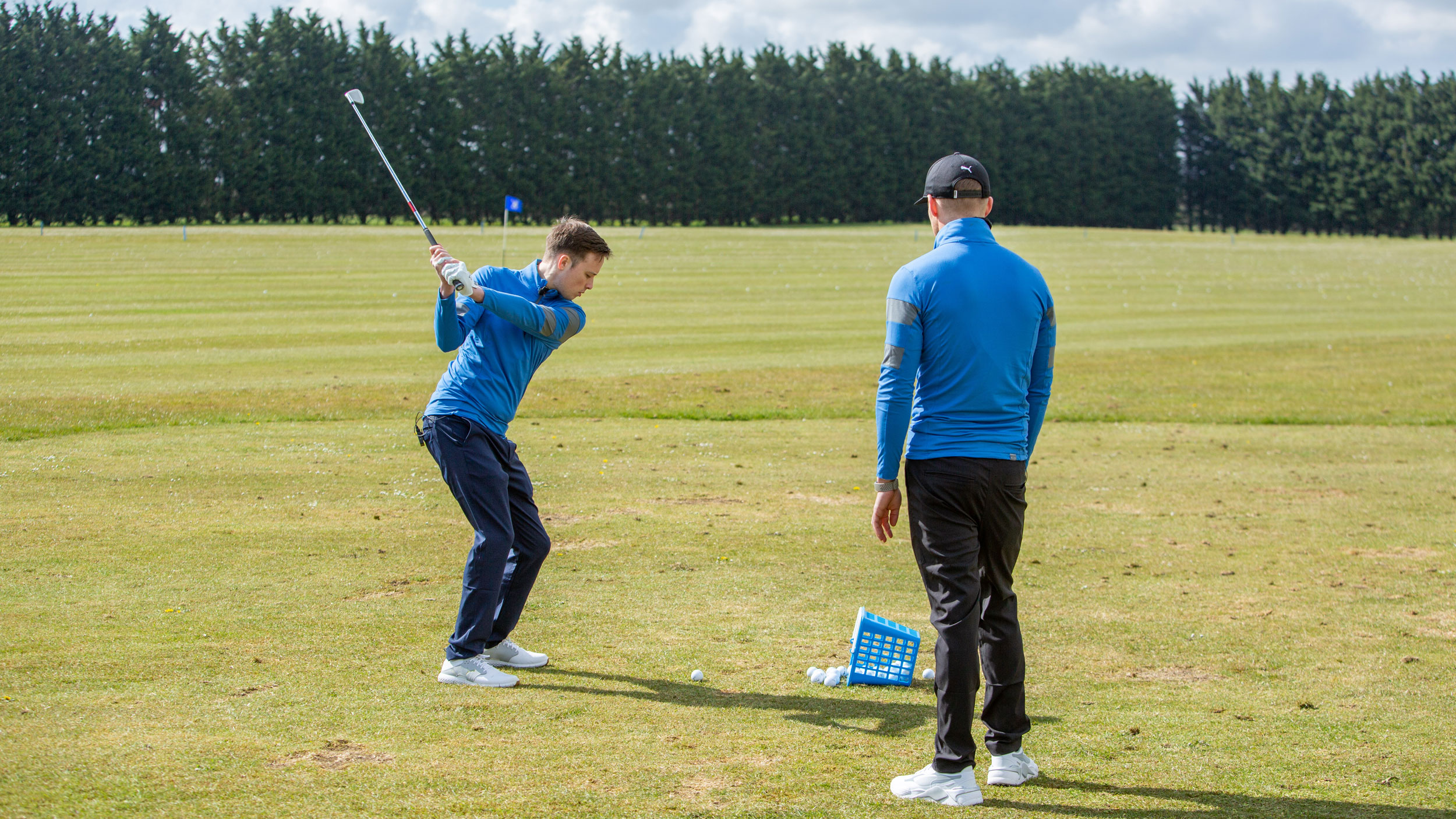
Golf lessons can be incredibly value but they might not be where you need to spend your golf dollars.
13. Swap Lessons For Online Tips
Traditional golf lessons can be incredibly valuable when it comes to making this difficult game easier. Lessons are expensive, however, and there are factors involved that will ultimately determine how successful the process is, most notably the quality of the instructor and the golfer’s commitment to following through, the latter of which isn’t always easy. As an alternative, there are countless resources available to golfers these days in terms of written and video content that will help them essentially become their own coach. The Golf Monthly Tips section and YouTube channel are excellent ways to glean advice and get help from top instructors. And YouTube in particular is filled with quality instruction content from a number of qualified sources. To be clear, we’re not telling you to not get lessons. Rather, if you're operating on a tight budget, at least explore the various online instruction content that’s available to you for free to see if it meets your instruction needs.
14. Book Your Tee Times Online
Most public golf courses these days offer some sort of online tee time booking system, and this is usually where you’ll find the best rates, as well as deals that are only offered online. That being the case, take advantage of these systems, even if you’re somewhat technologically challenged. Using online tee time booking also offers another significant benefit as you look to try to save money by easily allowing you to compare rates between local courses to get the absolute best deal you can find for the date and time you’re looking to play.
15. Bring Your Own Food/Drinks To The Course
Golf courses are notorious for gouging players when it comes to food and drink prices. It might not be movie theater obscene, but it’s not far off. And just as people have been sneaking bags of popcorn and candy into movies for as long as any of us can remember, you should be bringing your own food, snacks, and drinks to the course. Now, it should be noted that some golf courses have rules against “outside” beverages, especially alcohol, and many won’t let golfers bring their own coolers. But there are ways around this that you can and should take advantage of. Pack a sandwich or put a bag of crackers in your bag, and always carry a water bottle with you. The money you’ll save instead of buying a hot dog and a coke at the turn might not seem like much, but multiplying that cost by the number of rounds you play each year might prove to be eye-opening.
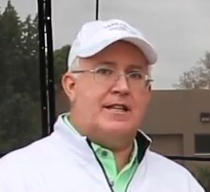
Chris joined Golf Monthly in February of 2022, becoming the organization’s first full-time staff writer in the United States. In his role at Golf Monthly, Chris reviews a broad spectrum of golf equipment, ranging from the latest in golf clubs to what’s new in the world of golf technology. His vast experience in the game allows him to look beyond the marketing hype to judge the merits of the latest equipment for golfers of all ability levels. As for the trend in golf equipment that Chris has been most impressed with in recent years, the Players Distance Iron category would earn that distinction, as golfers now have far better options for irons that provide the assistance that so many need in terms of distance and forgiveness without forcing them to sacrifice look and feel.
On a personal level, Chris played college golf and was a three-year letterwinner and two-year captain at Lynchburg College in Virginia and later spent two years as the assistant golf coach at the University of Virginia. The vast majority of his professional career, however, has been spent as a sports writer and editor. In the early phases of his career, he covered college football, college basketball, and golf for different newspapers and websites before turning his attention solely to golf in 2011. Over the course of the past decade, Chris managed the Instruction Blog for GolfChannel.com and more recently created equipment-related content for TGW.com and 2ndSwing.com.
An avid player, Chris currently maintains a handicap index of 2.4 and has a career-low round of 66, which he has shot on three occasions. He lives about 20 miles north of Atlanta in Roswell, Georgia, with his wife, Stacey, and is a member at Atlanta National Golf Club.
Chris is currently playing:
Driver: Callaway Epic Sub Zero, 10.5*
Fairway wood: TaylorMade M3, 17*
Hybrid: Callaway Apex UW, 19*
Irons: Mizuno JPX 921 Forged, 4-PW
Gap wedge: Cleveland RTX 4, 50*
Sand wedge: Titleist Vokey SM6, 56M
Lob wedge: Titleist Vokey SM8, 60L
Putter: SeeMore Nashville Z3C
Ball: TaylorMade TP5x